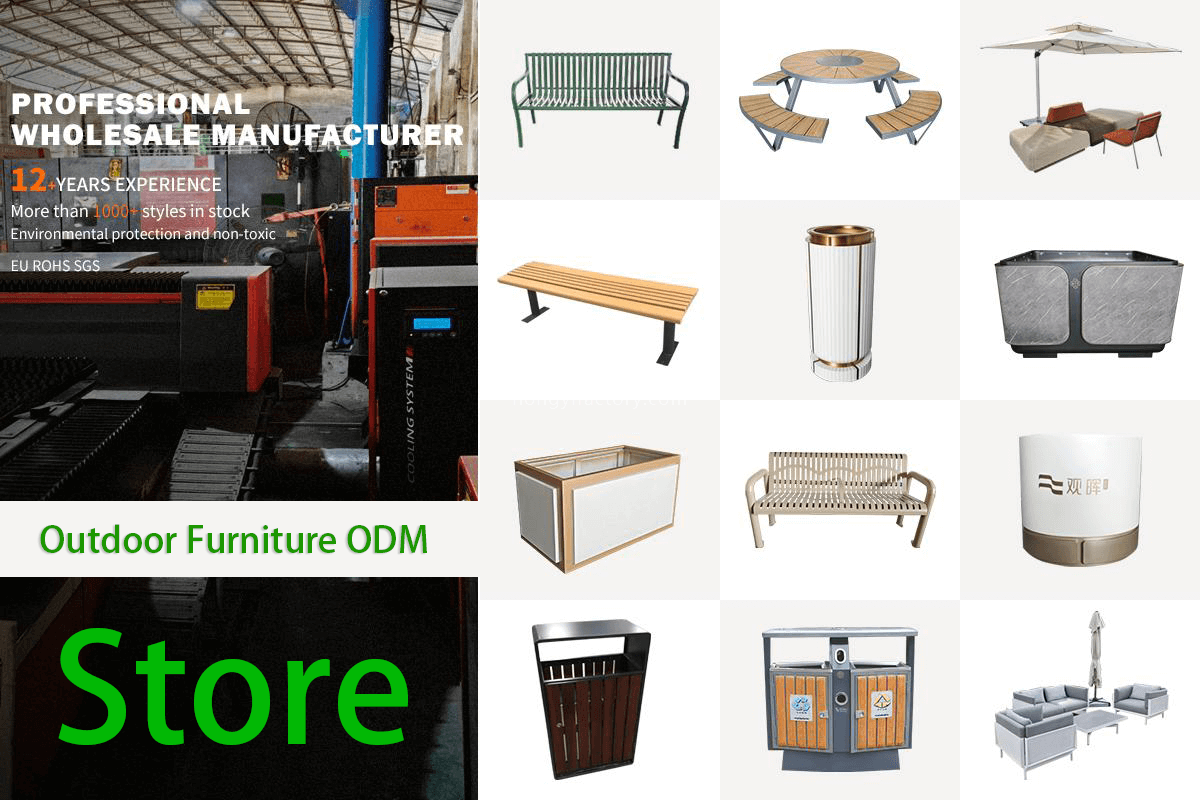Selecting an outdoor sofa that resists algae near ponds requires careful consideration of materials, design, and maintenance. Here’s a guide to help you make the best choice:
1. Choose Algae-Resistant Materials: Opt for synthetic wicker, teak, or powder-coated aluminum, as these materials resist moisture and algae growth. Avoid porous materials like untreated wood.
2. Prioritize Weatherproof Fabrics: Select cushions and upholstery made from quick-drying, mold-resistant fabrics like Sunbrella or polyester blends. These fabrics prevent algae and mildew buildup.
3. Elevate the Design: Pick sofas with elevated legs or open frames to improve airflow and reduce contact with damp ground, minimizing algae formation.
4. Regular Maintenance: Clean your sofa periodically with a mild soap solution and rinse thoroughly. Store cushions during heavy rain or winter to prolong their lifespan.
5. Consider Location: Place the sofa in a shaded or partially shaded area near the pond to reduce prolonged exposure to moisture and sunlight, which can accelerate algae growth.
By focusing on these factors, you can enjoy a durable, algae-free outdoor sofa that complements your pondside relaxation space.


